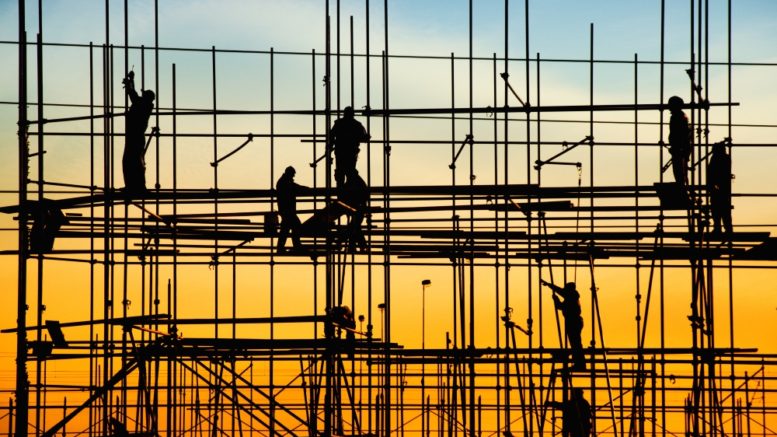ConDig (01-Mar–21). Construction spending in the US nudged 1.7% higher in January compared with the month prior to a seasonally adjusted annual rate of $1.52 trillion as a solid rise in residential construction offset a sharp decline in the private nonresidential market, according to latest figures from the Commerce Department.
The rise, which was also up 5.8% on the year-ago period, was driven by a 2.5% increase in residential construction for the month and 21% year-over-year. Combined private and public nonresidential spending edged up 0.9% from December but remained 5% below the year-ago level.
Public construction spending jumped up 1.7% for the month and 2.9% year-over-year. Results were mixed among the largest segments, with highway and street construction rising 6.5% from a year earlier and 5.8% for the month, possibly due to unseasonably mild weather conditions in January compared with the prior two months. Educational construction dipped 0.1% in January, but rose 0.9% from January last year. Spending on transportation facilities fell 0.6% for the year and 1% in January.
“Despite a modest upturn in January, spending on private nonresidential construction remained at the second-lowest level in more than three years and was 10 percent below the January 2020 spending rate,” said Ken Simonson, chief economist at the Associated General Contractors of America.
“All 11 of the private nonresidential categories in the government report were down, compared to a year earlier.”
Officials at the Associated General Contractors of America said that many construction firms reported being squeezed by rising materials prices, particularly for lumber and steel, yet are having a hard time increasing what they charge to complete projects.
They urged the Biden administration to explore ways to boost domestic supply and eliminate trade barriers for those key materials. They also cautioned that the proposed PRO Act and its significant changes to current labor laws could undermine labor harmony at a time when the industry is struggling to rebound.
“Contractors are getting caught between rising materials prices and stagnant bid levels,” said Stephen E. Sandherr, the association’s chief executive officer.
“Add to that the possible threat of a new era of labor unrest, and many contractors are worried that the recovery will end before it really starts.”
